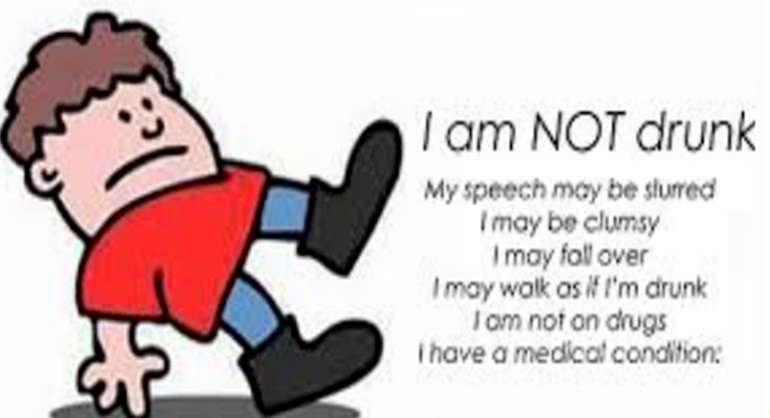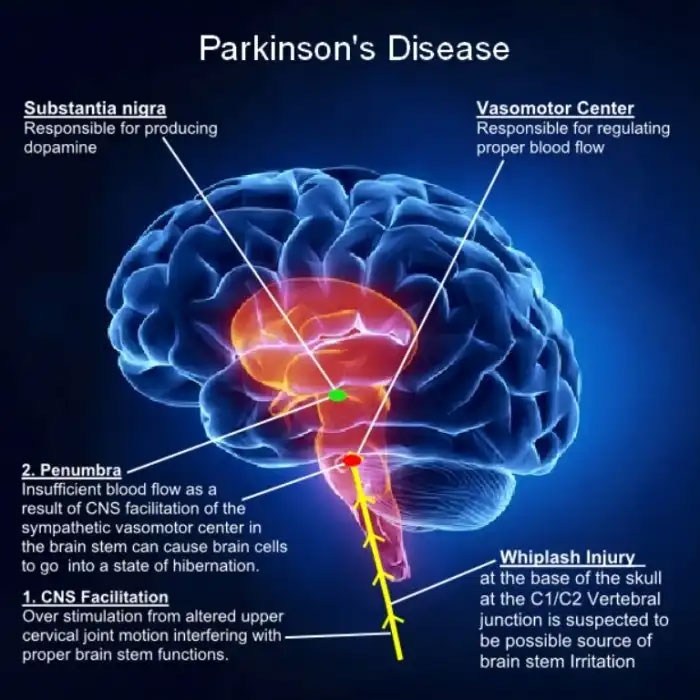INVOLUNTARY BODY MOVEMENTS, SHAKING, TEMORS
The term movement disorders refers to a group of nervous system (neurological) conditions that cause either increased movements or reduced or slow movements. These movements may be voluntary or involuntary. This includes movement disorders include problems with physical coordination, trouble walking, episodes of uncontrolled movements (such as during a seizure), muscle weakness, twitching, or muscle spasm. Ataxia is a degenerative disorder affecting the brain, brainstem or spinal cord. This can result in clumsiness, inaccuracy, instability, imbalance, tremor or a lack of coordination while performing voluntary movements. Movements are not smooth and may appear disjointed or jerky. Patients may fall down frequently due to an unsteady gait. Ataxia also can affect speech and movement of the eyes. Patients with dystonia may experience uncontrollable twisting, repetitive movements or abnormal postures and positions. These can affect any part of the body, including the arms, legs, trunk, eyelids and vocal cords. Jerky movements usually have a regular rhythm and may be limited to one muscle or muscle group (focal) or several different muscle groups (multifocal). They may occur without an obvious cause or be a result of many diseases.

What is Unsteady Gait
- Lack of Coordination
- Abnormal Posture During Ambulation
- Gait Influenced By Pain
- Muscle Abnormalities
- Nervous System


Parkinson’s produces many common symptoms, including tremor; muscle rigidity or stiffness of the limbs; gradual loss of spontaneous movement, often leading to decreased mental skill or reaction time, voice changes or decreased facial expression; gradual loss of automatic movement, often leading to decreased blinking, decreased frequency of swallowing, and drooling; a stooped, flexed posture, with bending at the elbows, knees and hips; an unsteady walk or balance; and depression or dementia.
- Check slippery floors
- Remove door, bath mats
- Be careful while turning, in darkness, uneven surface, narrow lanes
- Persons having frequent fall head gear and tetra pod stick use
- Avoid caffeine. Caffeine and other stimulants can increase tremors.
- Use alcohol sparingly, if at all. Some people notice that their tremors improve slightly after they drink alcohol, but drinking isn’t a good solution.
- Learn to relax.
- Make lifestyle changes.
